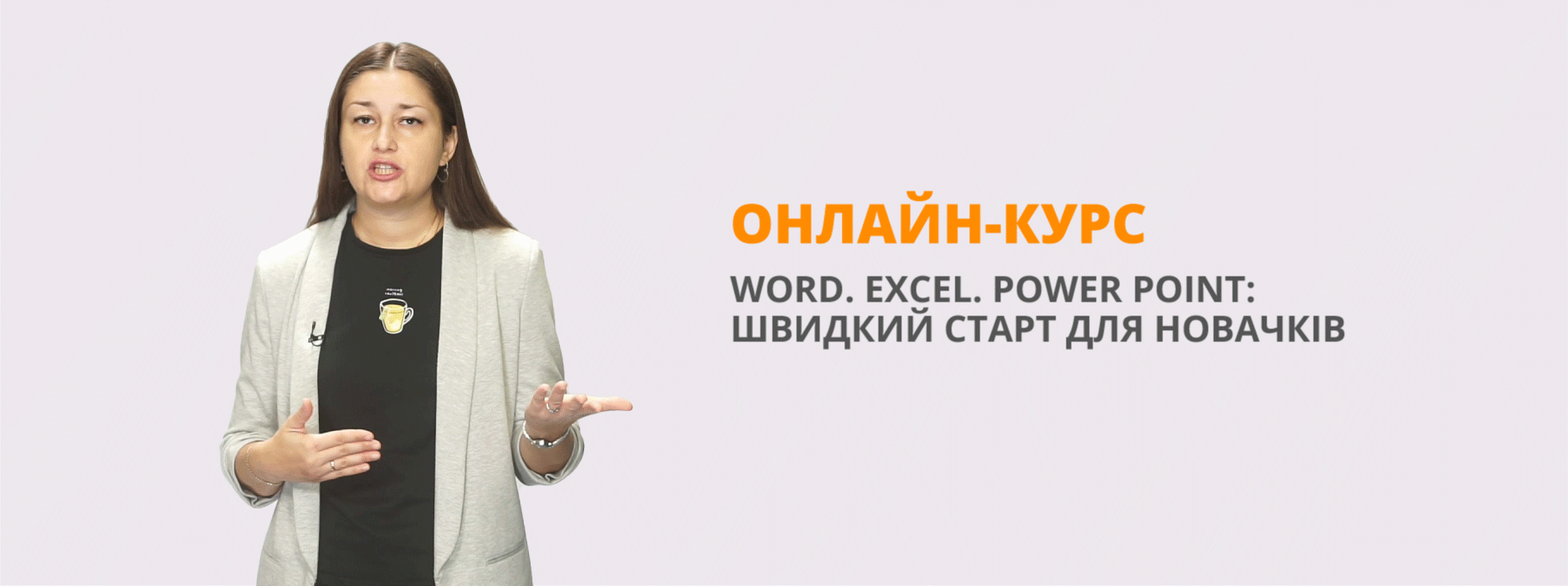Урок "Живі та неживі істоти" з теми "Природа".
The topic of the lesson. Nature
The subtopic of the lesson. Living and Nonliving Things
The aim of the lesson: to develop students’ critical and creative thinking by observing the world around, by learning about living and nonliving things.
The objectives:
To encourage students to:
- develop a set of core vocabulary and expressions on the topic;
- to find out the difference between living and nonliving things;
- identify groups of living things;
- indicate the main features of all living things;
- use Present Simple for plurals in affirmative as well as negative sentences;
- develop critical thinking by identifying the common features for all living things and how they are different from nonliving things;
- develop creative writing skills by describing living and nonliving things;
- reflect on the information learnt and discussed at the lesson;
- cooperate in groups;
Outcomes:
By the end of the lesson students will be able to:
- recognize and identify the vocabulary units on the topic Living and Nonliving Things;
- use Present Simple both in negative and positive sentences;
- identify the difference between living and nonliving things;
- identify basic common features of living things;
- summarize the knowledge about living things by telling and writing about their main characteristics.
Resources and materials: Big Science 1: student’s books, teacher’s book, CD1; internet resources, interactive flash cards, video units, charts, speech patterns, pictures of living and nonliving things, a laptop.
Procedure
- Organizing moment.
Good morning, students. I am glad to see you. You are looking very nice today. I hope you all will be active and supportive at the lesson.
We will work in groups a lot, so come up and choose the badges to unite in groups. Group 1 – animals. Group 2 – plants. Choose the leader of the group.
- Involving into the foreign surrounding.
- Look at your badges and say what animals or plants you see on them.
Expected answer: a tree, a dog, an owl, a flower, a rose, a crocodile…
- Can they grow? Can they become bigger?
Expected answer: yes, they can.
Introduction of the topic and the objectives of the lesson.
Resource: flash cards (див. додаток 1)
- Look at the pictures and say the thing that can grow / become bigger.
Expected answer: a horse can grow.
- Yes, that’s right. Things like horses, trees, dogs, children have life and they can grow. Today we will talk about living and nonliving things. We will do a lot of interesting tasks to find out the difference between nonliving and living things and their features.
- Phonetic drill: practice -ing sound
Resource: tongue twist https://youtu.be/tiJFR1JD8NY
-
Presentation and practice.
- What are living things?
Activity 1: identify living things
Resource: video Living and Nonliving Things (0:50) https://www.youtube.com/watch?v=jtBH4c0xg6o
- Watch the video and name living things you see.
Expected answer: people / humans / children, plants.
- Why do you think so?
Expected answer: They / Children / Plants grow.
Activity 2: listening
Resource: CD1(Big Science1) (див. додаток 2)
- Listen the text Living Things (CD1:20; ex.1 p.29SB) and name two living things.
Expected answers: plants, animals
Activity 3: chain reading
Resource: student’s books Big Science, the picture (див. додаток 2, 3)
- Read the text Living Things (ex.1 p.29SB) one by one. Circle three living things in the picture.
Expected answers: a horse, plants, a man.
So, animals, humans, plants are main groups of living things.
Activity 4: group work and writing
- Give your own examples of living things. Fill in the chart (2 min).
|
Living things |
||
|
Humans |
Animals |
Plants |
|
|
|
|
- Team leaders, take turns to present your work. Cross out if you have the same word.
Activity 5: speaking
Resource: charts Living Things and speech patterns
![]() - Use the words from the chart to say the sentences.
- Use the words from the chart to say the sentences.
![]()
- Living and nonliving things: main features
Activity 1: new lexics’ presentation
Resource: interactive flash cards https://quizlet.com/780292596/living-things-features-flash-cards/?funnelUUID=bdc8cd8c-8d98-40fb-b9eb-af8dfc757013
- Look, listen and repeat the words and sentences to know more about living things
Activity 2: vocabulary practice
Resource: interactive flash cards https://quizlet.com/780298814/living-things-features_complete-flash-cards/?funnelUUID=fb428b46-31c0-4b57-997c-df3060ab1611
- Look, listen, repeat the words and complete the sentences.
Activity 3: vocabulary practice
Resource: handouts (див. додаток 4)
- Match the pictures to the correct words.
Activity 4: relaxation
Play as if you are living things – grow / move /eat …
Activity 5: group work – identify main features of living things
Resource: video Living and Nonliving Things (0:50-2:00)
https://www.youtube.com/watch?v=jtBH4c0xg6o
- Watch the video and fill in the chart about living and nonliving things. Put a tick (V) what they do and a cross (X) what they don’t do.
|
|
grow or change |
move |
eat |
breathe |
reproduce |
|
Living things |
V |
V |
V |
V |
V |
|
Nonliving things |
X |
X |
X |
X |
X |
Activity 6: grammar and speaking
Resource: charts and speech patterns
![]() - Tell about main features of living and nonliving things. Use don’t to make negatives (X). Follow the speech pattern.
- Tell about main features of living and nonliving things. Use don’t to make negatives (X). Follow the speech pattern.
Expected answer: Living things grow, nonliving things don’t grow. …
Activity 7: listening and speaking practice
Resource: random sentences about living and nonliving things (див. додаток 5)
- Listen and respond my sentences with your thumbs-up for true sentences and your thumbs-down for false sentences. Repeat the true sentences.
Activity 8: selective reading and group work
Resource: printed separate sentences (див. додаток 6)
- In groups read and choose only true sentences about nonliving things. Read them aloud.
Expected answer: Nonliving things do not grow. Nonliving things do not change.
Nonliving things do not move on their own. Nonliving thing don’t eat food. Nonliving things don’t breathe. A car is a nonliving thing. A toy is a nonliving thing.
Activity 9: speaking
Resource: printed sentences about nonliving things from activity 8 and the picture of a car and a toy (див. додаток 7)
- Name two nonliving things in the sentences. Why are they nonliving things?
Expected answer: A car and a toy are nonliving things. They don’t grow. They don’t move on their own. They don’t change. They don’t breathe. They don’t …
- Reflection:
Activity 1: group projects (див. додаток 8)
- Discuss in groups and draw a nonliving thing (group 1) and a living thing (group 2). Write their main characteristics. Each group member create your own sentence and then stick under the picture.
Expected answers: Group 1 – Nonliving things don’t move on their own. They don’t grow. They don’t change. They don’t breathe. They don’t eat food. They don’t reproduce.
Expected answers: Group 2 – Living things move on their own. They grow and become bigger. They change. They breathe. They eat food. They reproduce or have babies.
Activity 2: karaoke song
Resource: https://www.youtube.com/watch?v=t5ALqJ_7k_Y
- To finish the lesson let’s sing the karaoke song about living and nonliving things.
- Assessment
Thank you for your work. You were extremely active and supportive today. Your projects were fantastic! Great job!
- Home assignment.
Follow the link and do the interactive task while watching the video about living and nonliving things. Mention the score to show your personal progress.
https://en.islcollective.com/video-lessons/living-non-living-review
Список використаних джерел
- Big Science 1 Student’s Book, Pearson, 2016. – p.29 – 31
- Big Science 1 Teacher’s Book, Pearson, 2016. – p.T29 – T31
- Flash cards [Електронний ресурс]. - Режим доступу: https://quizlet.com/780292596/flashcards
- Karaoke song [Електронний ресурс]. - Режим доступу: https://www.youtube.com/watch?v=t5ALqJ_7k_Y
- Video resource. Living and Nonliving Things [Електронний ресурс]. - Режим доступу: https://www.youtube.com/watch?v=jtBH4c0xg6o
- Video resource [Електронний ресурс]. - Режим доступу: https://en.islcollective.com/video-lessons/living-non-living-review
Додатки

Додаток 1
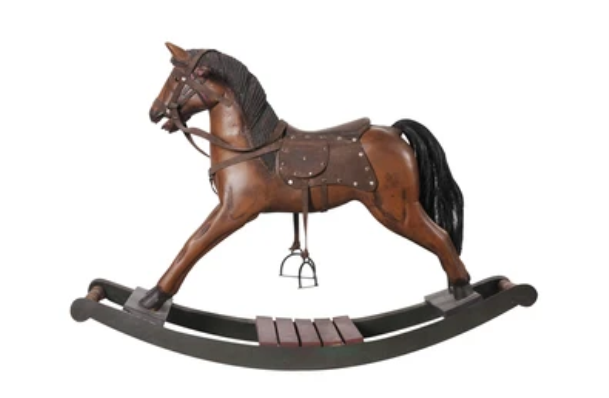
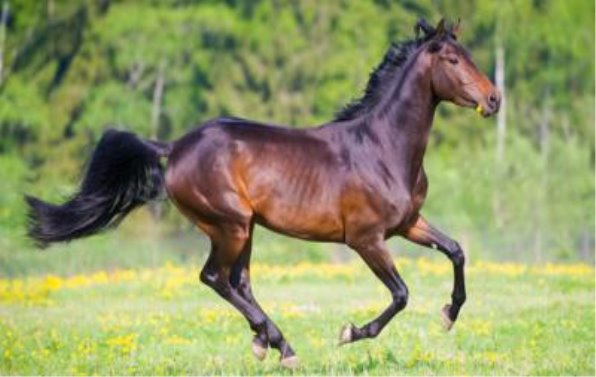
Додаток 2
Living Things
Living things grow. They get bigger. Living things change.
Plants and animals are ling things.
You are a living thing, too.
Додаток 3

Додаток 4
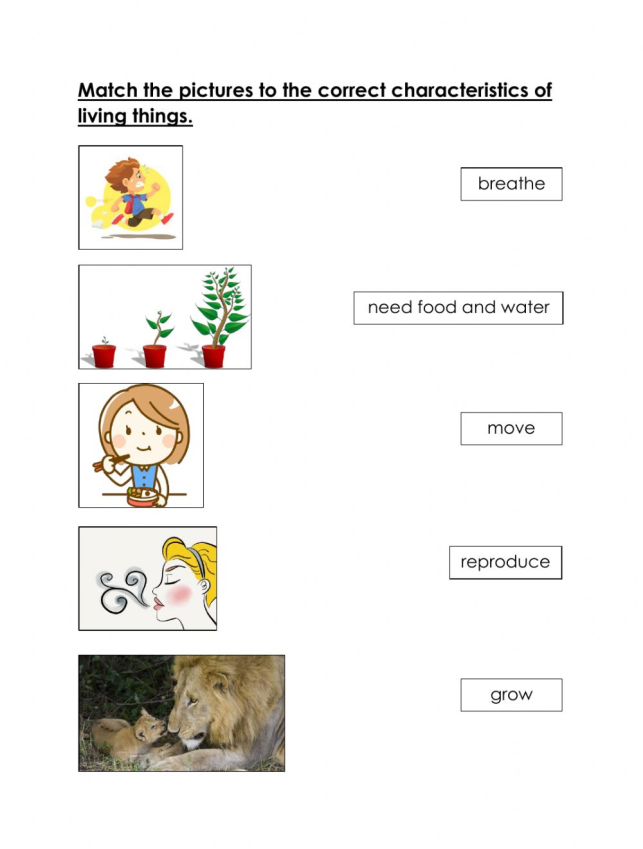
Додаток 5
Possible sentences to use:
Plants don’t grow.
Nonliving things don’t move.
Living things move on their own.
Humans don’t eat food.
Living things reproduce.
Animals have baby cubs.
Cars can change.
Nonliving things don’t get bigger.
Living things breathe.
Додаток 6
![]()
![]()
![]()
![]()
![]()
![]()
![]()
![]()
![]()
![]()
Додаток 7
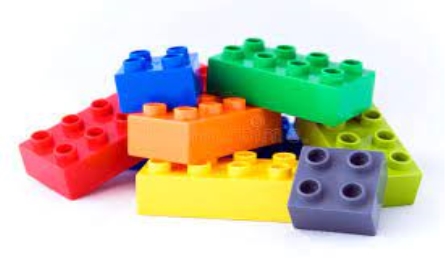

Додаток 8
 Living Things
Living Things
__________________________________________________________________________________________________________________________________________________________________________________________________________________________________________________________________________________________________________________________________________________________________________________
 Nonliving Things
Nonliving Things
__________________________________________________________________________________________________________________________________________________________________________________________________________________________________________________________________________________________________________________________________________________________________________________

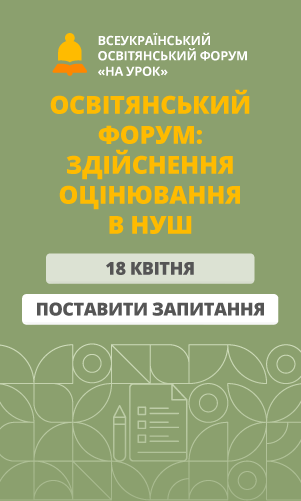

про публікацію авторської розробки
Додати розробку
